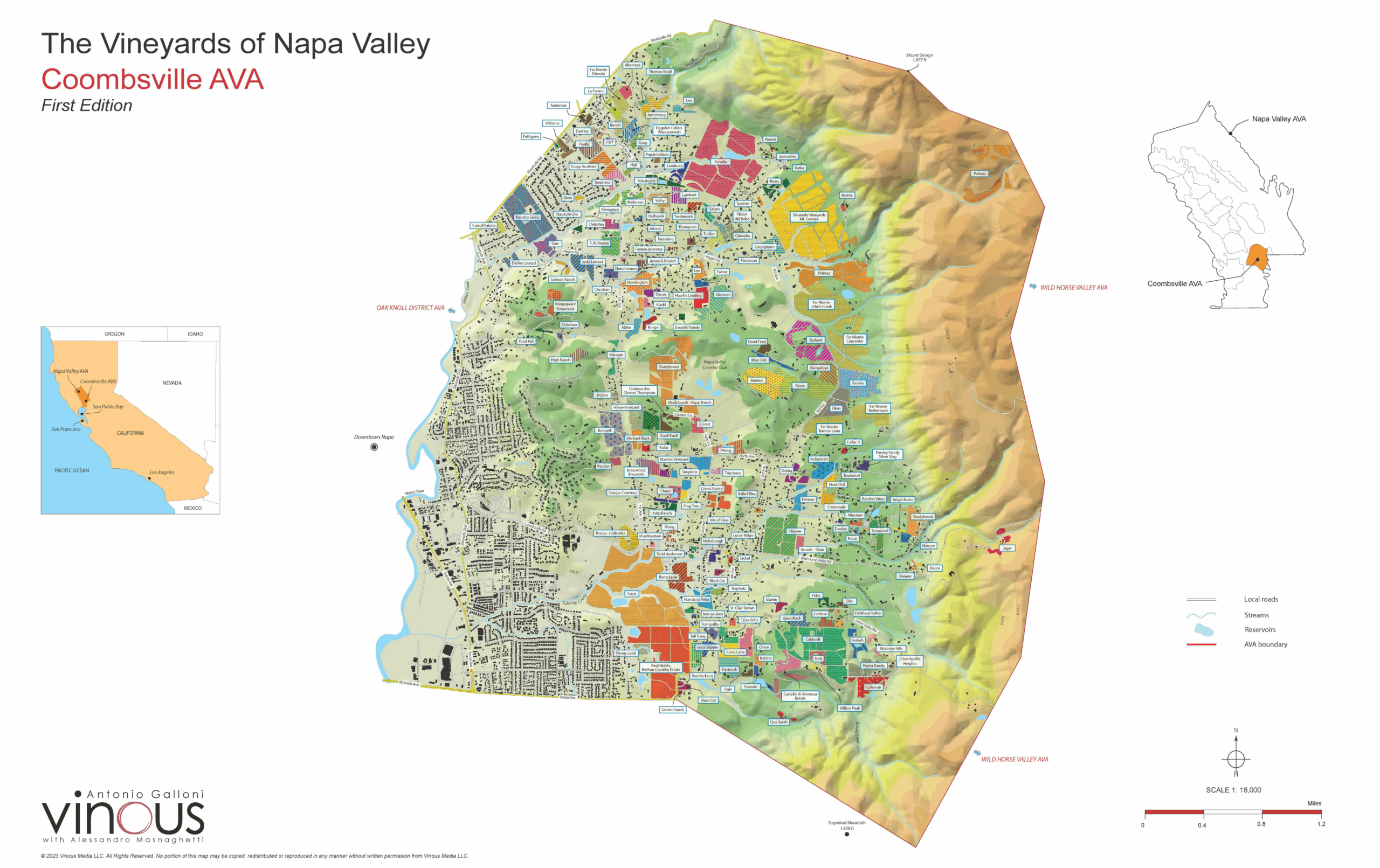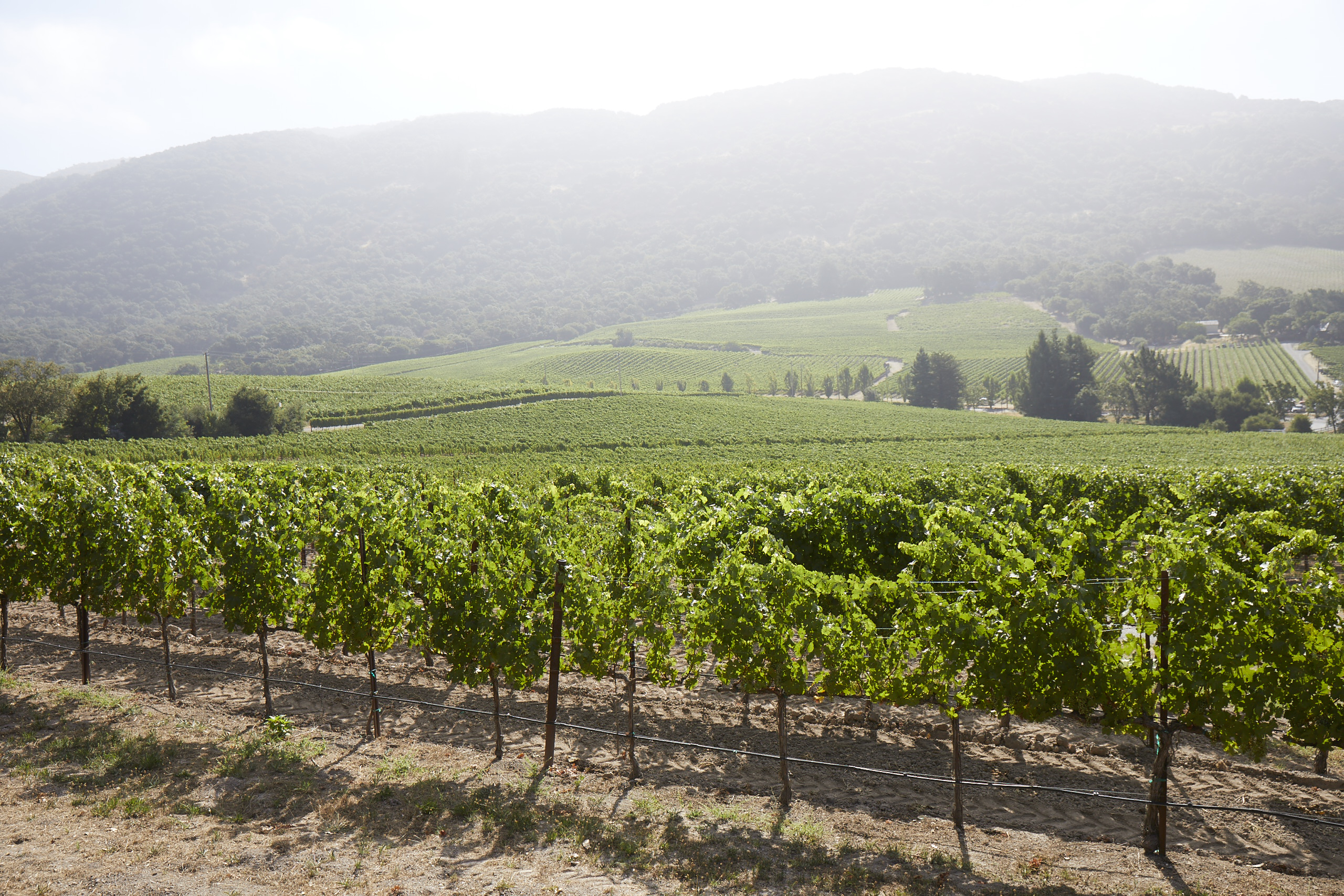Ancient volcanic heritage meets modern winemaking—where geology 9 million years in the making shapes every vintage.



Coombsville, is one of Napa Valley’s newer appellations becoming an American Viticultural Area (AVA) in 2011. While Coombsville is newly recognized as an AVA, it’s agricultural history has been long established dating back to 1845, when Nathan Coombs, the founder of the city of Napa, purchased the area as part of the original Rancho Tulocay from Juarez Cayetano.
Coombsville is located east of the city of Napa, nestled against the Vaca Mountain Range. Due to Coombsville’s proximity to the San Pablo Bay in the south, the vines in this part of Napa Valley are cooled by ocean breezes and morning fog. The soil is primarily volcanic with some diatomaceous earth. Coombsville’s unique soils derive from being the site of a dormant volcano that erupted 9 million years ago as well as an inland lake that formed in the crater of the volcano. The cooler climate allows the grapes of the region to be harvested later with more phenolic ripeness and freshness, while the volcanic soils bring minerality to make wines that lean towards the old world in style.
Rewa Vineyards is perched 400 feet above sea level, with diverse exposures and rich soils. The eastern slope, composed of lake deposits from the Pleistocene era, features rare diatomite, while the western slope boasts rocky, nutrient-poor alluvial soils ideal for growing premium Cabernet Sauvignon, Sauvignon Blanc, Malbec, and Cabernet Franc.